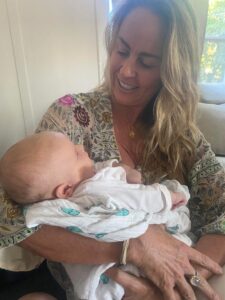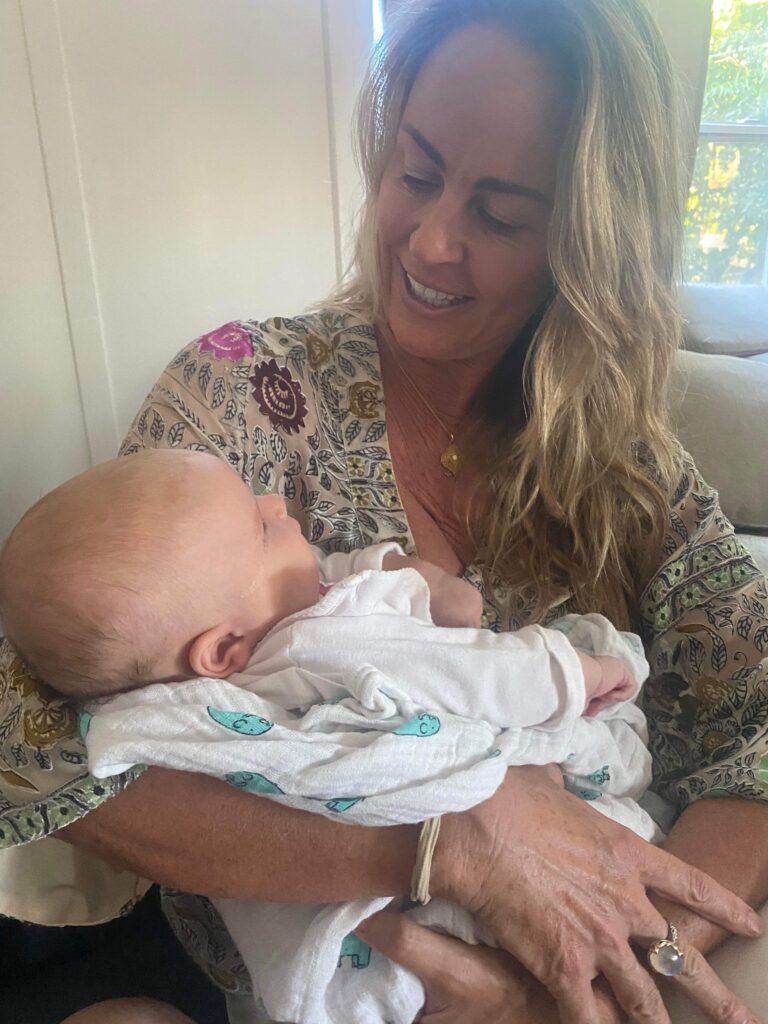When Healing Becomes a Mis-perception
I often hesitate to share about my work with clients. I never want to position myself as someone who “knows,” or as a healer perched above the people I serve. What I offer is simply what I witness when two humans meet in honesty, presence, and tenderness.
I share this story with one sincere intention:
If anything here resonates, eases shame, clarifies your path, or offers insight into true transformation, then this sharing is worth it.
My hope is that some part of this experience serves anyone who might be wrestling with similar patterns inside themselves.
In my work, I often find myself playing the role of a surrogate mother—not as an identity or performance, but as a safe, corrective field of unconditional warmth for those with early attachment wounds. Many people never received a loving presence steady enough to help them stay with themselves long enough for genuine transformation to occur. Before we learn to hold ourselves, we often must first be held.
This story touched me deeply—not because of what I did, but because of what became possible when love held a space he could not yet hold for himself.
A Wounded Healer Meets His Own Humanity
The man I worked with is a seasoned therapist, shaman, and guide. After more than six decades of living, learning, and serving, he knew his early abandonment wound was still alive inside him. It surfaced most intensely during quiet evenings after his daughter went to sleep. Without clients to hold or tasks to complete, an old ache rose to the surface. Food had become a way to distract and comfort himself from the gnawing void.
Many of us who serve others know this pattern well. Serving can be a refuge—and sometimes a beautifully disguised hiding place from our own unmet needs.
He shared about his mother leaving when he was four. Although he had revisited this wound many times, it still lived in him—tender, trembling, and at times overwhelming.
What struck me most wasn’t the wound itself, but the sincerity and humility with which he approached it.
Breathing Into What Has Been Waiting
We began by dropping into slow, deep, circular breathing into the belly. Over time, I could feel a protective layer—the kind that prevents an unintegrated wound from being flooded by too much feeling too quickly.
Beneath that layer, I sensed anger. It was the anger of a small child whose world had broken open too soon.
When I invited him to explore that anger with sound and movement—shaking his limbs and letting his exhale carry a tone—he resisted.
“I’m afraid of my anger,” he whispered.
So we stayed with the fear first. No pushing. No fixing. No agenda.
Just being with the fear of his own intensity.
Then, something inside him opened.
A raw, ancient scream rose from his belly. His entire body shook. When the anger emptied, something softer emerged:
Grief.
Longing.
The cry of a child still reaching for his mother.
“I want my momma,” he sobbed.
I placed a hand on his heart and wrapped an arm around him.
“Yes, sweetheart. Let yourself feel that. Let your heart break with this longing. I’m right here. I’ve got you.”
The Mother Presence That Makes Transformation Possible
In that moment, technique didn’t matter.
Somatic skill didn’t matter.
Trauma theory didn’t matter.
What mattered was the field of unconditional love.
Not a persona.
Not “the healer.”
But the archetypal mothering field—warm, steady, unhurried, unthreatened.
It carries a message:
You don’t have to hold yourself together right now.
I’m here while you learn how to be here for yourself.
This is the part of healing many people misunderstand.
Most of us cannot stay with ourselves long enough—or gently enough—for true transformation to occur until we have first been held in a field of love big enough to hold the parts of us we had to abandon.
This is not dependency.
It is developmental completion—the long-awaited meeting between the child who was left and the adult who survived.
The Mis-perception That Creates Suffering
As his body softened, he looked up through tears and asked:
“Will I ever heal this? Will it ever go away?”
The ache inside that question is familiar. Many people believe healing means erasing the past.
I said softly:
“No, love. This part of your river won’t disappear. But it will stop being a source of shame when it is met fully by your love. Let your four-year-old see the man you’ve become. Let him see that enough love got in—that you made it. What if this pain is not a flaw to fix, but a badge of honor? A mark of how deeply life has shaped you—and how it has carved your ability to sit with others in their pain?”
A deep, relieved recognition passed through him.
From Scar of Shame to Badge of Honor
After the session, I reflected on the phrase that had come through:
Badge of honor rather than scar of shame.
So many of us get stuck trying to fix the wounded part of ourselves. We think the wound is our identity. We think the coping behavior is the flaw.
But neither is true.
These patterns are confessions of a deeper place inside that has not yet been met with love.
Real healing comes through inclusion.
Through curiosity.
Through warmth.
Through presence steady enough to stay with what once overwhelmed us.
Shame freezes.
Love unfreezes.
Presence unlocks.
Feeling integrates.
This is why a loving, mothering presence is not optional for deep work—it is essential. The child inside us needs to be held while the adult learns to hold themselves.
The Sacred Wound
In the Hopi tradition, there is a profound understanding of the Sacred Wound—the place inside us where life first broke us open. This wound is not a mistake or a failing. It is the exact location through which Spirit enters and shapes our destiny.
The Sacred Wound is an initiatory doorway into our deepest humanity and our greatest medicine.
In this view:
-
the wound is not your defect,
-
the wound is your initiation,
-
and the part you once abandoned becomes the birthplace of your gift.
This re-framing is exactly what I witnessed in him.
When he stopped trying to fix the wound and instead allowed it to be honored, felt, tended, and held—it began transforming from a source of shame into a source of sacred strength.
What Changes When We Are Met
A few weeks later, he told me his relationship with food had shifted dramatically. Not through willpower or discipline, but because a part of him that had been frozen finally came home. He felt safe and comforted inside his own embrace.
When we are met fully, gently, with love, our lives begin to reorganize from the inside out.
This, to me, is the heart of true healing:
Not the erasure of a wound,
but the transformation of our relationship with it.
Not perfection,
but presence.
Not fixing,
but reclaiming the parts of ourselves that have waited so long to return.
From here, our deeper essence moves into the foreground—
and we gain real agency to live from that place.



